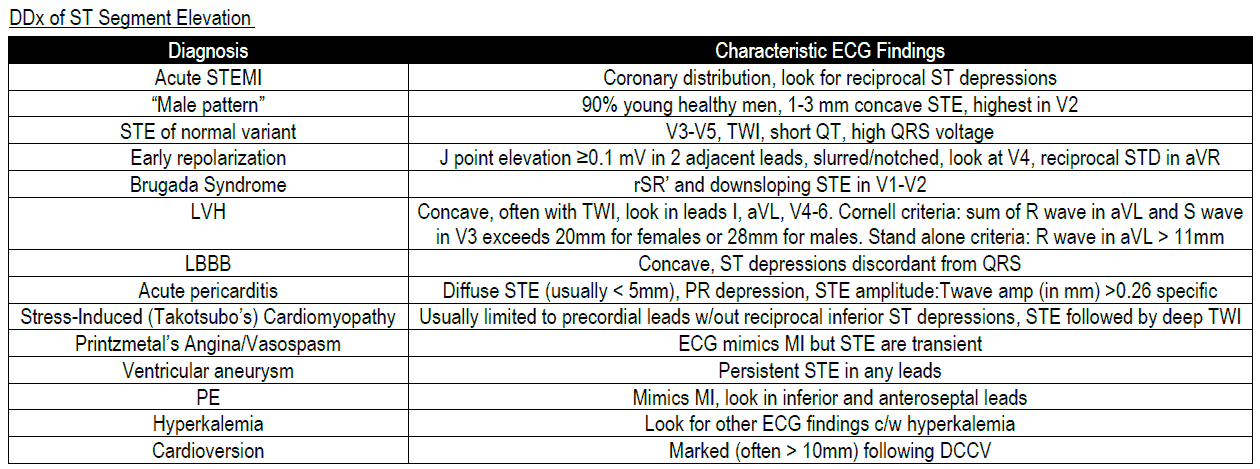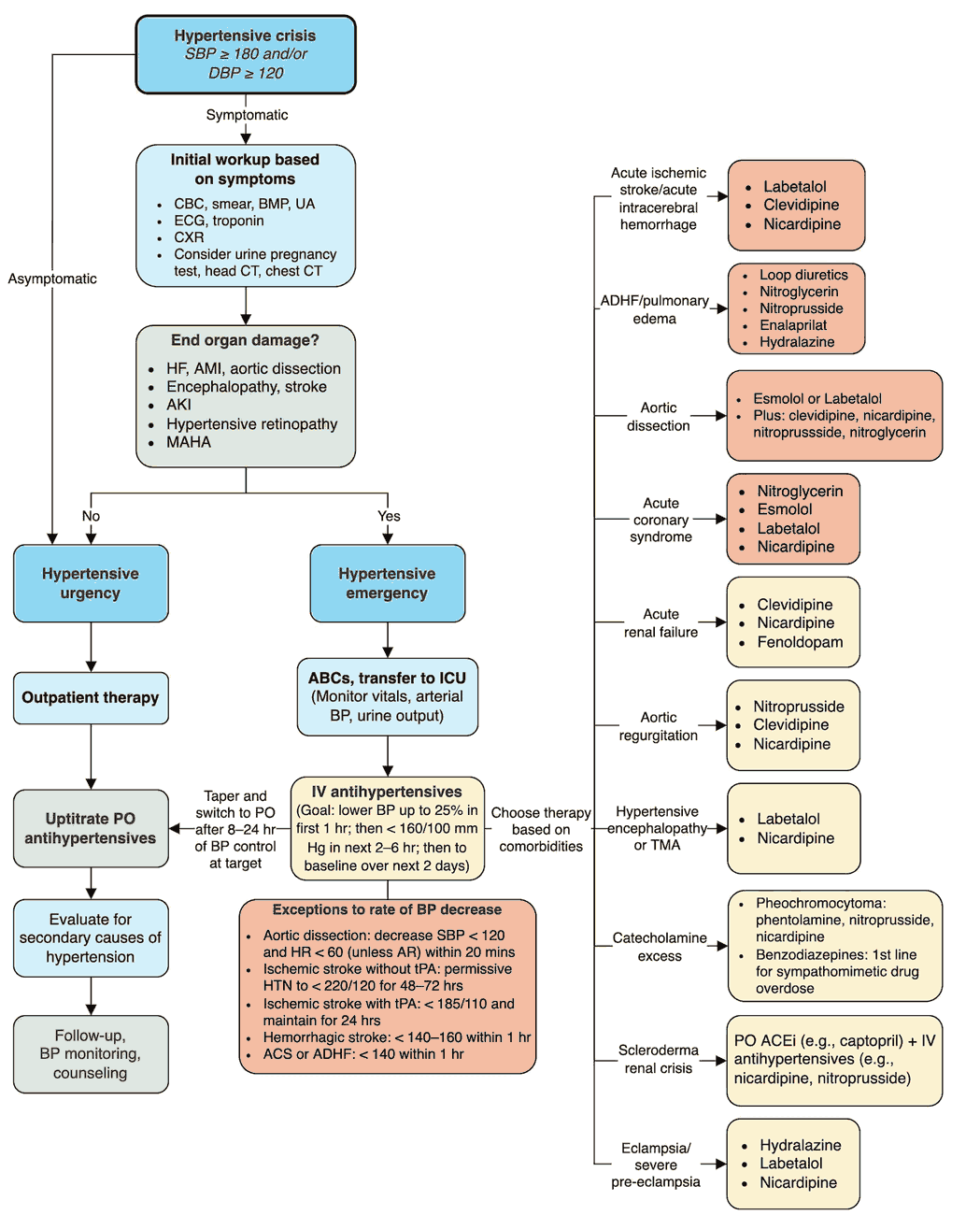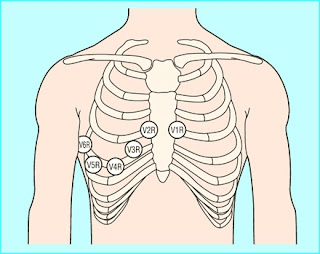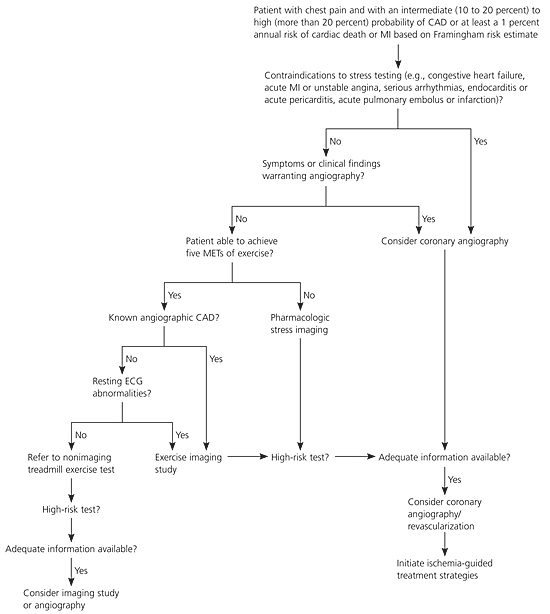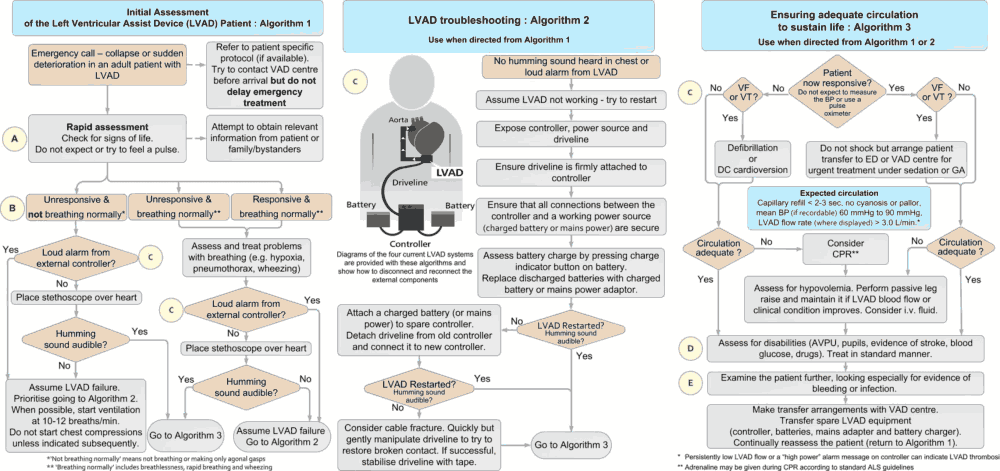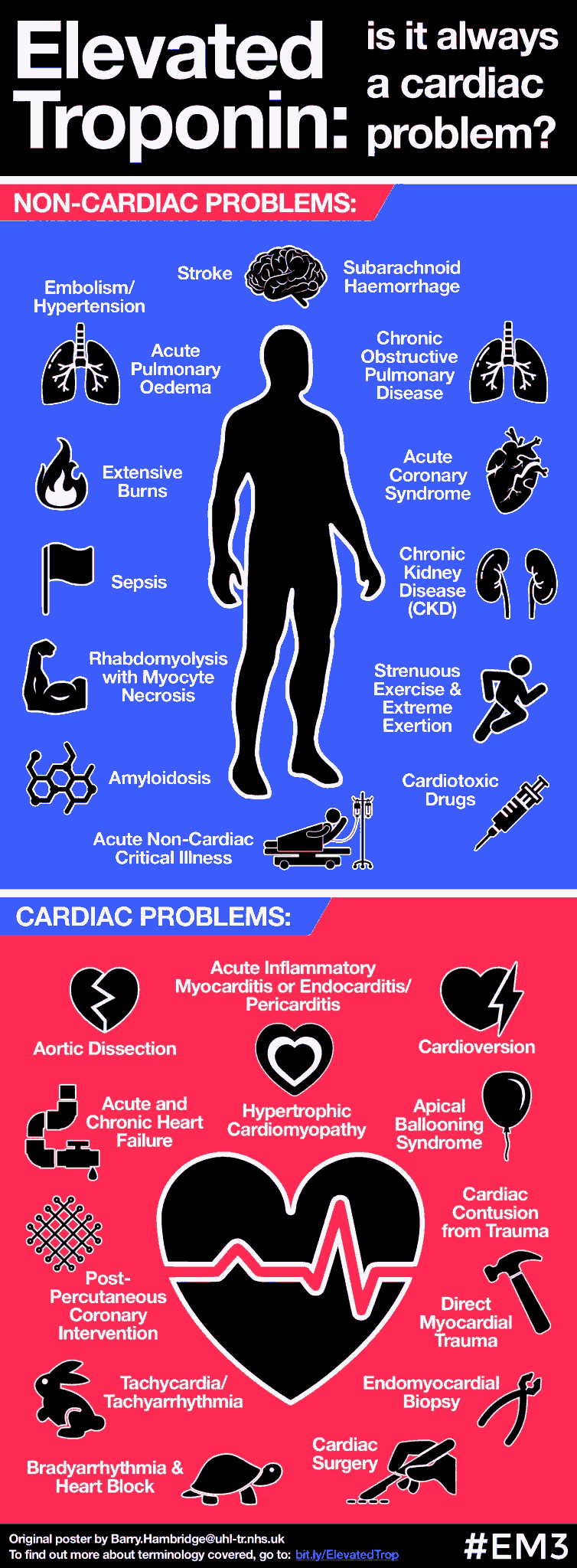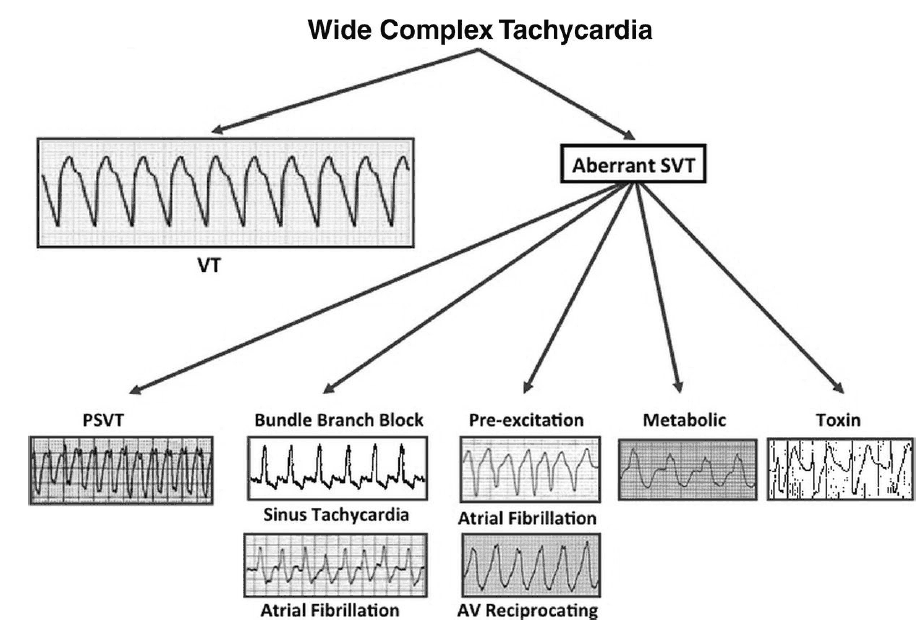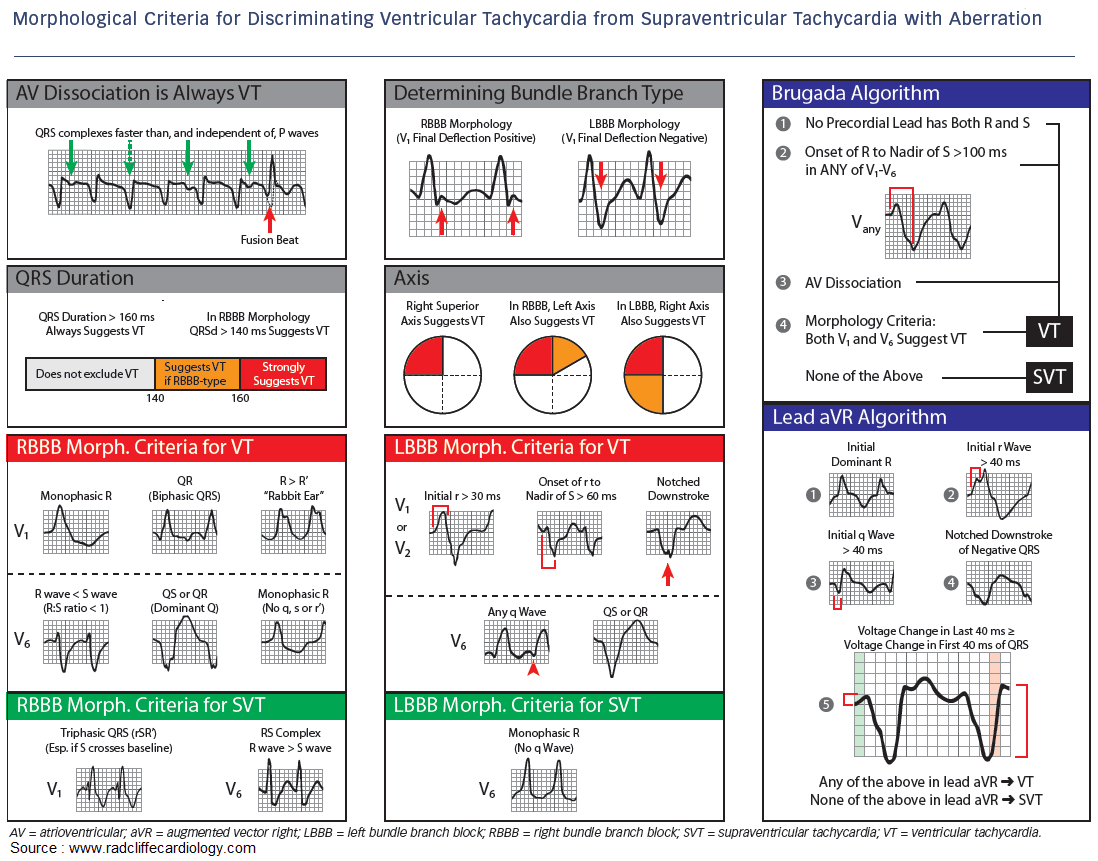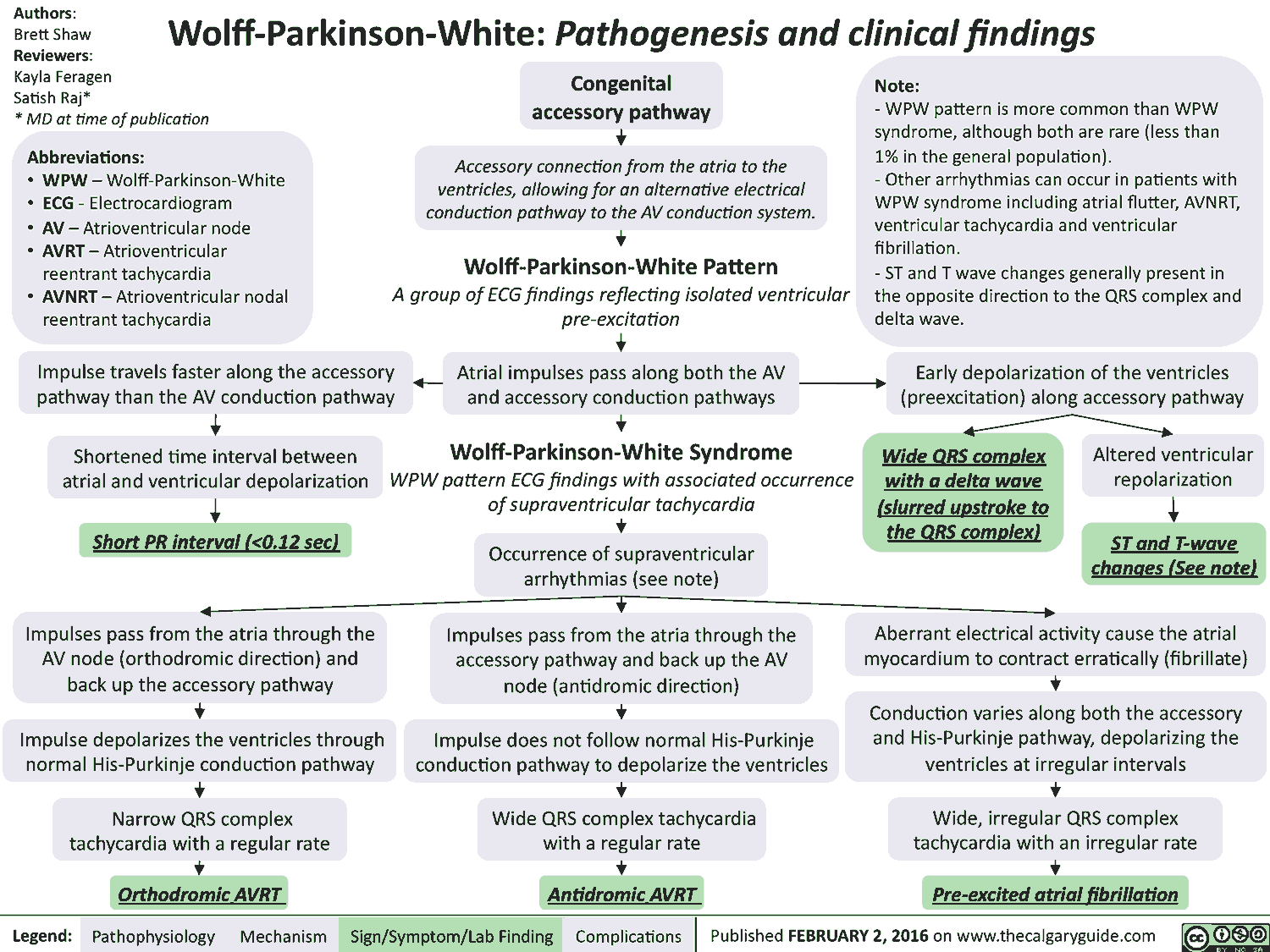Know the Differential for ST Segment Elevation: It’s More Than Just ACS
There are numerous conditions that cause ST-segment elevation (STE) on an ECG that are not attributable to an acute coronary syndrome. In order to avoid errors in diagnosis or management, it is important for the EP to know the differential diagnosis for STE.

